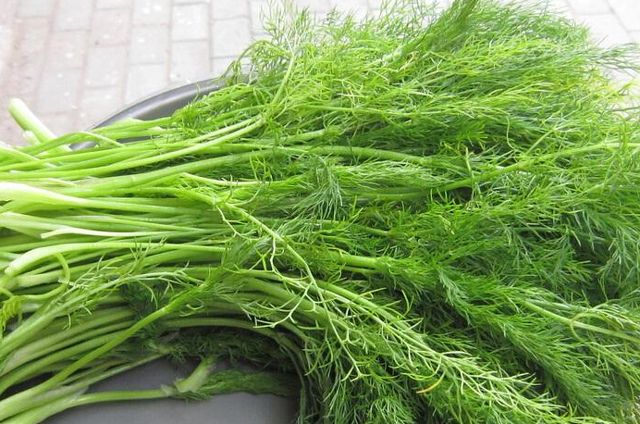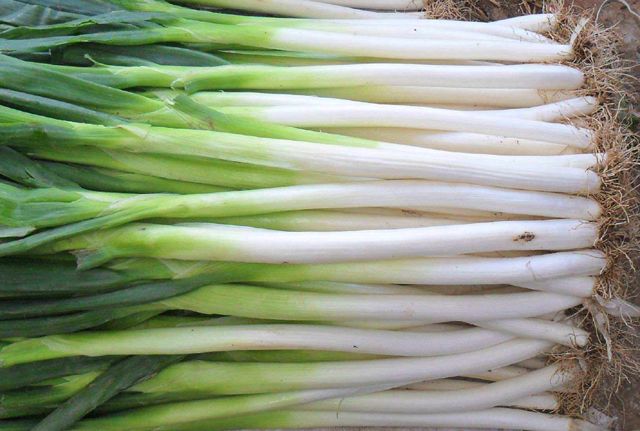In September, these four kinds of vegetables can still be planted in the northern region, and we will have to wait until next year if we miss them.
After entering September, the temperature will gradually decrease, especially in the northern region, and the feeling will be more obvious. For friends who want to grow vegetables, the following five kinds of vegetables can still be planted in September, and some can be harvested in 1-2 months, as follows:
1. Lettuce
Lettuce is one of the vegetables often eaten in daily life, especially for friends who like to eat hot pot. Lettuce planting time is generally in spring or autumn. Lettuce planting in spring is generally in March-April, and it can be harvested in May-June after 1-2 months of growth, while vegetables planting in autumn can be harvested in August-September and October-November without wintering.
The growth characteristics of lettuce are neither cold nor heat-resistant, and its growth speed is relatively fast. When selecting seeds, the seeds that are suitable for local planting and have strong disease resistance should be given priority. Pay attention to the sowing amount, and don’t overdo it. When purchasing seeds, check the instructions on the package, and do a good job in the prevention and control of soft rot, downy mildew, Sclerotinia sclerotiorum and aphids.

2. Oil-wheat vegetables
Oil-wheat vegetables can be planted in spring, summer and autumn, usually in April-May in spring, August in summer and September in autumn. Because oil-wheat vegetables are not cold-resistant, they are generally not planted in the open air in winter, but can be planted in greenhouses.
When planting oil wheat vegetables, sandy soil can be selected, which is relatively loose and breathable, which is conducive to growth. Oil wheat vegetables prefer a relatively humid growth environment. Therefore, during the planting process, the soil should not be in drought for a long time, and it is necessary to do a good job in water management. In terms of fertilization, it is better to have decomposed organic fertilizers. In addition, attention should be paid to the hazards of Sclerotinia sclerotiorum, downy mildew and aphids.

3. Fennel
Fennel doesn’t like the growing environment with too high or too low temperature. Therefore, spring and autumn are suitable time for planting. Spring is usually planted in March-April, and autumn can be planted in August-September, and the temperature is between 15-25 degrees.
When planting fennel, old seeds should not be used, but fresh seeds should be used to improve the germination rate. In addition, before sowing, the seeds can be soaked and the sticky substances covered on them can be washed off. The soil quality is also suitable for sandy soil, which is conducive to better growth. The root rot, Sclerotinia sclerotiorum, gray mold, aphids and other pests and diseases in the growth process should be well controlled. Under normal circumstances, it can be harvested when it grows to about 30cm.

4. Onions
As the saying goes, "White dew grows onions", and the solar term of White dew is in September. Therefore, planting green onions in September is also a good choice. When planting green onions, variety selection is very important. If large-scale planting is carried out, we must first investigate the local planting situation, or we can plant multiple varieties and choose the best one to facilitate planting in the future.
There are generally three kinds of cultivation methods of Chinese onion, namely, planting propagation, ramet propagation and bulb propagation. If the soil is dry before planting, it is recommended to water it before cultivation. The final yield of Chinese onion has a great relationship with soil fertility and the management of the whole season. Therefore, a series of management, such as fertilizer use, weeding, prevention of pests and diseases (onion rust, soft rot, thrips, liriomyza sativae, etc.), are required.

To sum up, the above four kinds of common vegetables are suitable for planting in September in the north (open air). Of course, it should be noted here that for the northeast region, it needs to be decided according to the local weather changes. If the local temperature drops seriously (below 10 degrees) after October, it is not recommended to plant them, so as to avoid freezing injury and affect normal growth.
Finally, ask friends in the north, what vegetables will be planted in September in your local area?